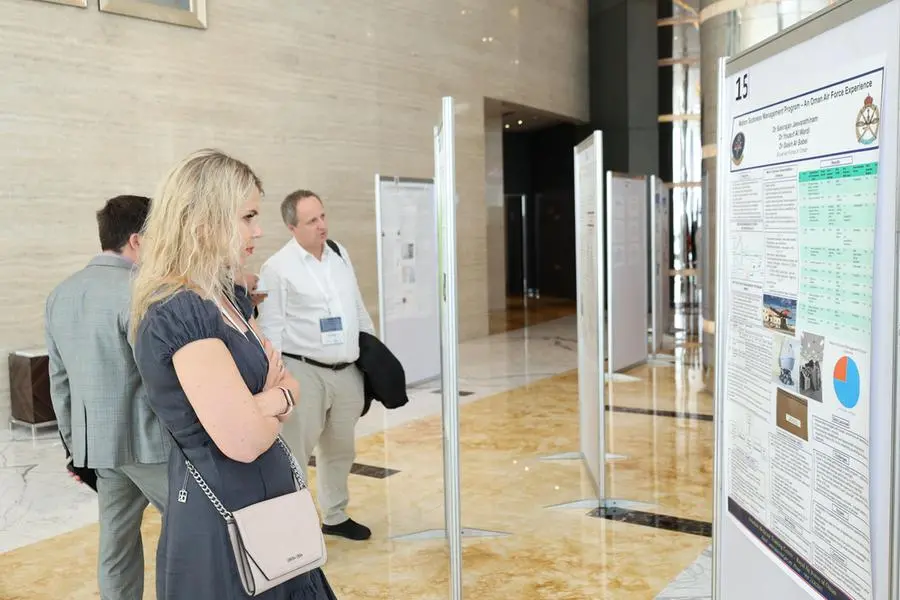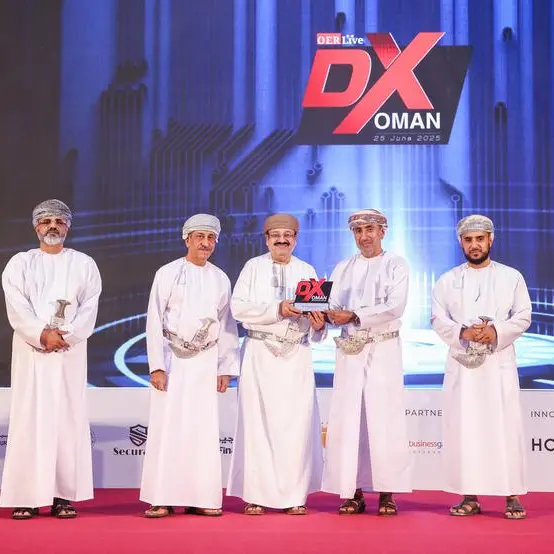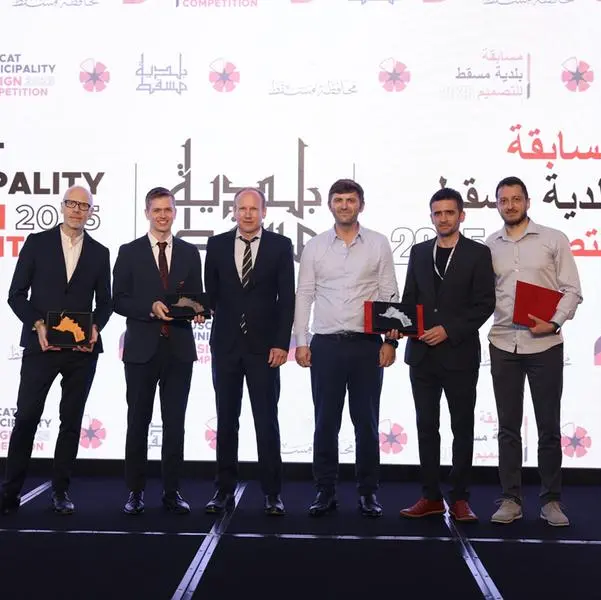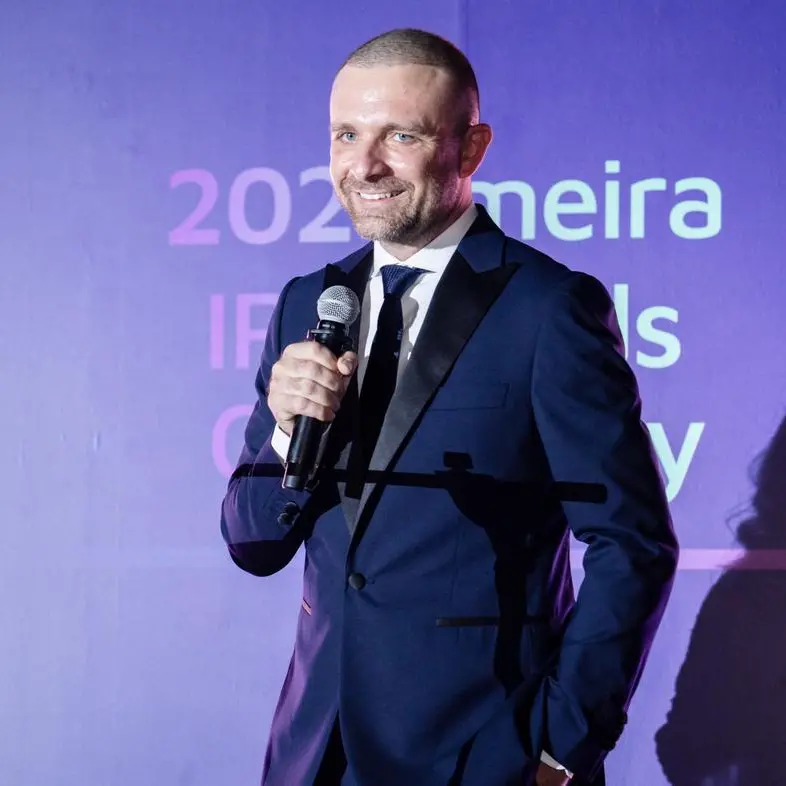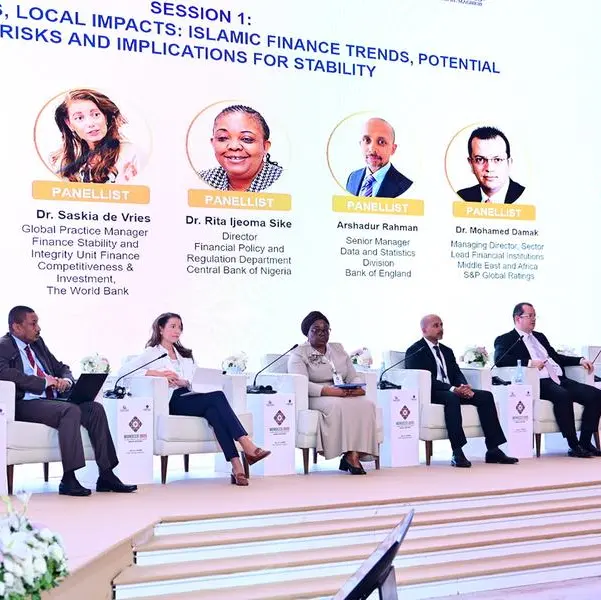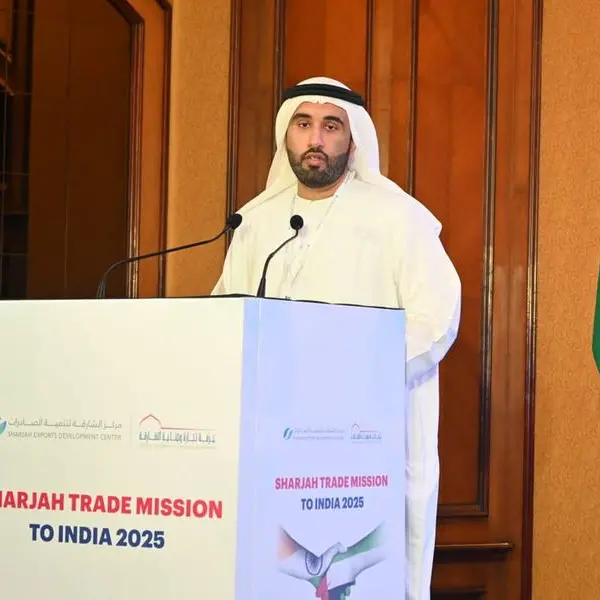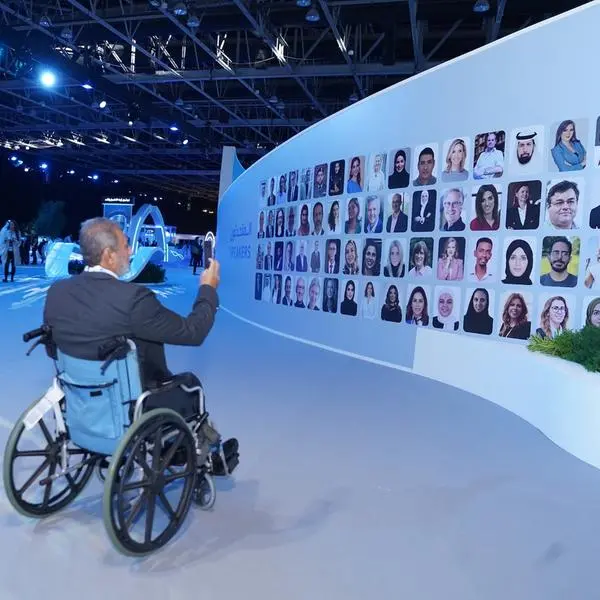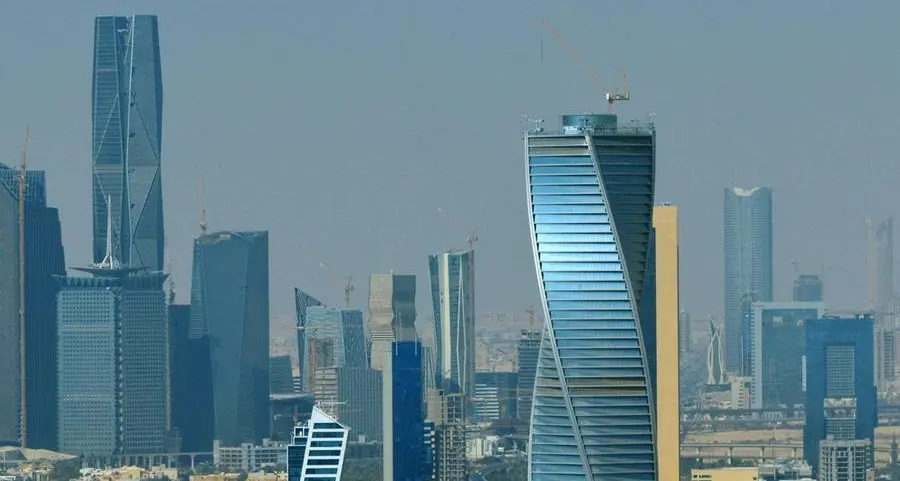PHOTO
During the ICASM event third day. Image Courtesy: ICASM
Abu Dhabi: Participants in the 69th International Congress of Aviation and Space Medicine (ICASM) stressed the importance of the UAE's inspiring experience in the space and aviation sectors, and its advanced position in aviation and space medicine. In addition, the UAE aspires to have as many as national professional astronauts, plans to build the first human settlement on the Red Planet by 2117, and establishes the first scientific city to simulate life on Mars, as well as launching the Arab Space Exploration Programme and satellite manufacturing complex to be the first Arab country that fully manufactures satellites.
As the ICASM-2023 closing on Sunday, the participants said that the UAE owns a highly developed aviation sector and has national airlines that compete global airlines. It is progressing in confident steps to enhance their position in the field of aviation and space medicine, since many Emiratis work in the aviation and space sector, in addition to building Emirati competencies to make its place in international space flights.
The participants toured a number of Abu Dhabi landmarks, especially the Civil Aviation Authority, and the headquarters of Etihad Airways, where they were briefed about the UAE's advanced experience in the field of aviation and space medicine. They also visited the Sheikh Zayed Grand Mosque, Emirates Palace, the Louvre Museum, and many distinguished cultural landmarks.
On the third and final day of ICASM, the participants were about 600, including 180 speakers from 50 countries, and about 20 specialists and experts working with NASA, discussed more topics in aviation and space medicine, in five sessions.
The specialists continued discussion of the human performance and ophthalmology in the aviation and space medicine in a session chaired by Dr. Robert Orford, IAASM Scientific Program Committee Chair-affiliated with Mayo Clinic Hospital Emeritus Preventive Medicine Physician Scottsdale, Arizona, USA, and Dr. Valerie Martindale, Associate Leader of Biology and Biotechnology in the U.S. Army Research Office. The discussion focused on neurocognitive impairment in post COVID-19 condition and its screening tests likely relevance to aviation performance, and effect of 24-hour dry supine immersion on intraocular pressure changes and its correlation with cardiac output. The session also discussed NVG flying: time to visual adaptation after de-goggling to various illumination conditions, analysis of the correlation between flight environment and optokinetic nystagmus, and prevalence of dry eye syndrome in a civil aircrew population.
In another session, the participants in the ICASM discussed effects of spaceflight on intracranial pressure (EXPAND-ICP), and exploring the potential of thromboelastrometry in microgravity: comprehensive assessment of coagulation dynamics of spaceflight safety.
The experts further discussed various matters related to musculoskeletal. They highlighted the positive impact of a multidisciplinary musculoskeletal service on operations for airlines, objective assessment of functional recovery following exercise intervention in aircrew with musculoskeletal injuries, particularly common orthopedic injuries in pilots and cabin crew of F-16 and Mirage-2000, and cervical spine MRI analysis in asymptomatic fighter pilots flying F-16 and Mirage-2000. They also discussed MRI evaluation of vertebral arch cleft as an alternative to conventional radiographic imaging in aspiring military pilots.
In another session chaired by Dr. Paola Verde, and Dr. Ryan Mayes on aviation medicine, the participants discussed Aerospace medicine implications and research themes of potential future US air force operations, emerging aviation multi-layered disease defense strategy (AMLDDS), ultraviolet (UV-C), and airborne disinfection of aircraft using UV-C.
The ICASM’s participants also discussed the coronary artery disease risk stratification in the US air force navigators: aggregate stenosis as a marker of disease burden, cardiovascular characteristics and screening outcomes of asymptomatic pilots, and aviation medical physical examination and standardized whole-process management of clinical diagnosis and treatment for civil aviation pilot’s kidney stones in China.
The Congress’ last session focused on flight safety and sudden incapacitation - a forward-looking screening programme for the detection of possible major cardiovascular events using state-of-the-art CT spiral diagnostics, relating to coronary heart disease, strokes, acute and chronic pulmonary embolism, and assessing cardiovascular risk in asymptomatic pilots.
Recent Research
On the sidelines of the ICASM-2023, several recent research (posters) in the field of aviation and space medicine were presented, highlighting many topics, such as hypertension and pilot fitness, early initiatives of cerebellar cholinergic function, gravitational physiology and neuroimmunomodulation, altitude decompression disease, and the effect of special training on myoglobin, iron and blood indicators in junior pilots.
Other recent papers reviewed quality improvement plans in the Allied Air and Space Command, assessing hypoxia tolerance at high altitudes after sleep deprivation, continuous glucose monitoring of insulin-treated pilots, and future prospects, challenges and countermeasures to instability in space medicine.
